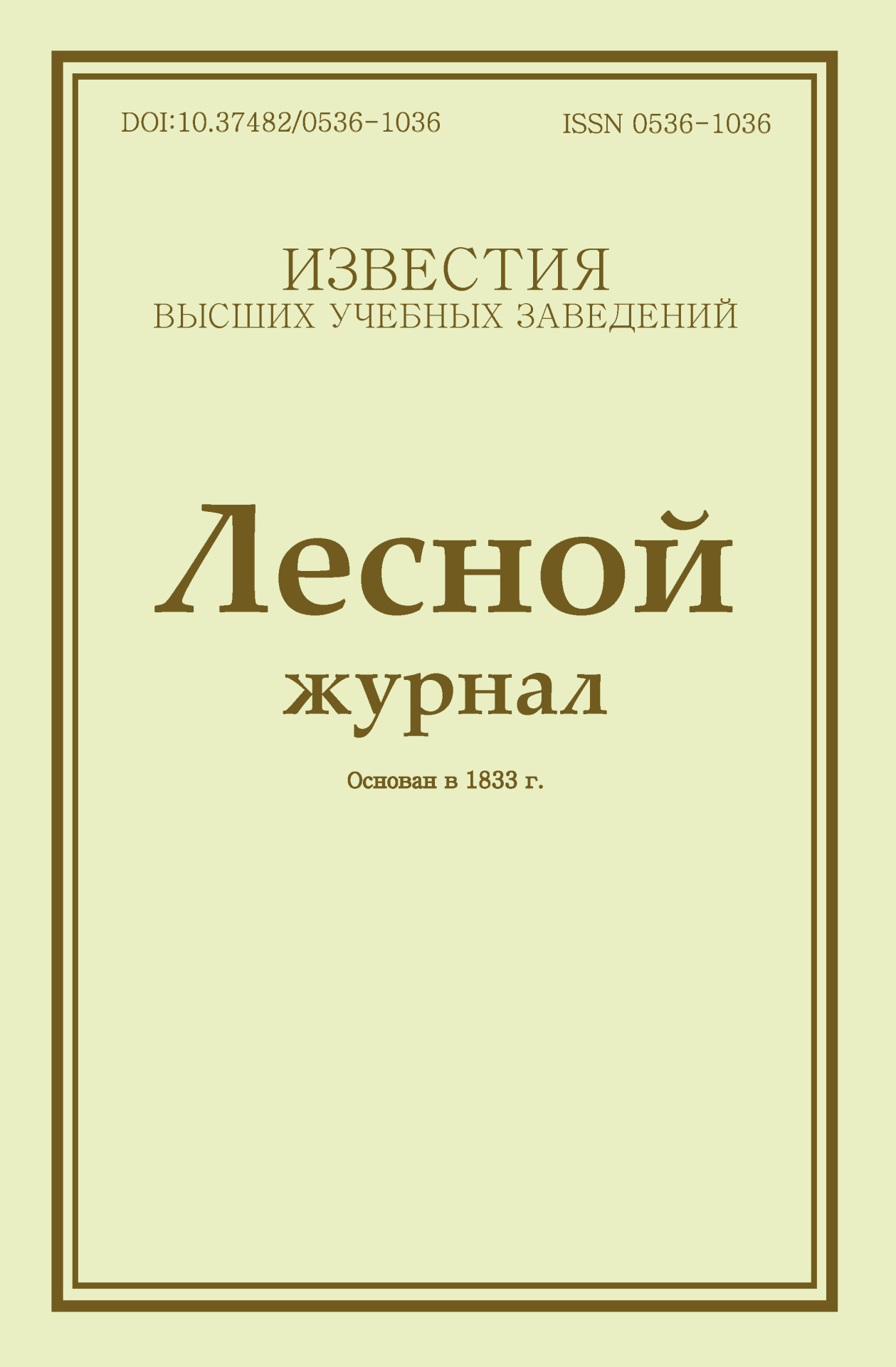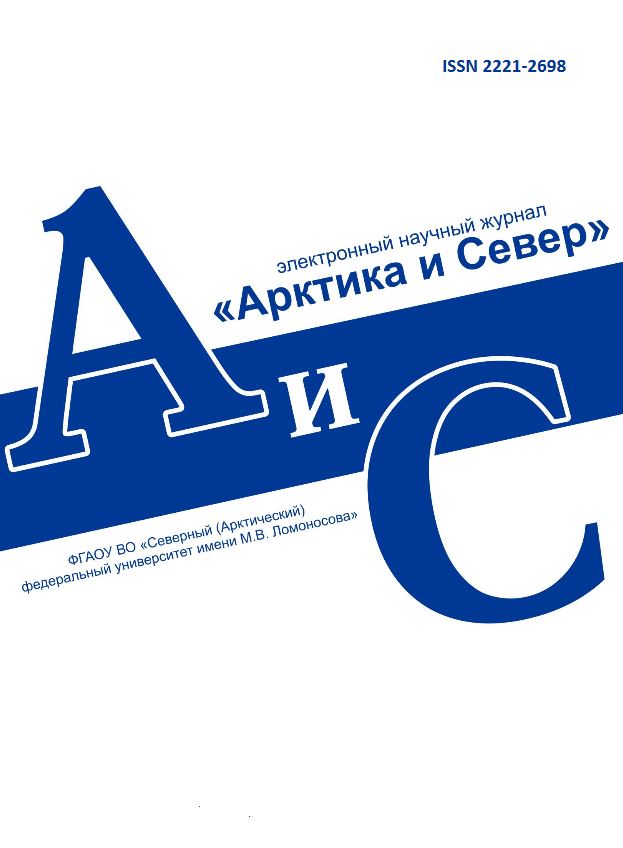Legal and postal addresses of the founder and publisher: Northern (Arctic) Federal University named after M.V. Lomonosov, Naberezhnaya Severnoy Dviny, 17, Arkhangelsk, 163002, Russian Federation Editorial office address: Journal of Medical and Biological Research, 56 ul. Uritskogo, Arkhangelsk Phone: (8182) 21-61-00, ext.18-20
E-mail: vestnik_med@narfu.ru ABOUT JOURNAL
|
Section: Clinical medicine Download (pdf, 0.5MB )UDC616.127:616-08-07DOI10.37482/2687-1491-Z188AuthorsViktor A. Avkhimenko* ORCID: https://orcid.org/0000-0002-2178-601XAleksandr B. Trivozhenko* ORCID: https://orcid.org/0000-0001-6449-9523 *Siberian Federal Scientific and Clinical Center of Federal Medical and Biological Agency (Seversk, Tomsk Region, Russia) Corresponding author: Aleksandr Trivozhenko, address: ul. Mira 4, Seversk, 636035, Tomskaya obl., Russia; e-mail: borisah@yandex.ru AbstractThe purpose of this study was to objectively assess the effectiveness of rehabilitation using balneotherapy with velvet antler products. Materials and methods. Doppler assessment of coronary artery blood flow was performed. As a reference vessel, we chose the anterior descending artery, which is the largest branch of the left coronary artery and has its own numerous branches providing blood supply to the main part of the functionally active left ventricle myocardium. We studied the following groups of patients, whose rehabilitation included balneotherapy with velvet antler products: 1) 48 subjects with stage 2 arterial hypertension and 2) 49 subjects with coronary artery disease after balloon angioplasty and coronary artery stenting. In addition to balneotherapy, group 1 received standard hypotensive therapy with angiotensin-converting-enzyme inhibitors, beta blockers and thiazide diuretics, while group 2 was given indirect anticoagulants, beta blockers and new generation statins. Before and upon completing the treatment course, each patient’s peak blood flow velocity was measured, as well as blood flow integral in the proximal segment of the anterior descending artery. Results. After the balneotherapy course, most patients in both groups showed quiet and increased activation of high reactivity level. According to our observations, patients tolerated the treatment well. Initially, peak blood flow velocity and blood flow integral were recorded within the range of 28–45 cm/s (mean: 36.9 ± 4.4 cm/s) and 9–14 cm (mean: 11.00 ± 1.25 cm), respectively, without between-group differences. After the multimodality treatment that included balneotherapy with velvet antler products, these parameters were recorded within the range of 39–52 cm/s (mean: 45.7 ± 3.5 cm/s) and 11–16 cm (mean: 14.0 ± 1.3 cm), respectively, with no between-group differences either. The increase in peak blood flow velocity was statistically significant (p ˂ 0.001). Thus, balneotherapy using innovative velvet antler products combined with medication treatment and physical therapy, presumably, contributed to improving coronary blood circulation in patients with stable ischemic heart disease and arterial hypertension.Keywordsanterior descending coronary artery, blood flow Doppler, balneotherapy with velvet antler products, coronary artery disease, arterial hypertension, rehabilitationReferences
|
Make a Submission
INDEXED IN:
|
Продолжая просмотр сайта, я соглашаюсь с использованием файлов cookie владельцем сайта в соответствии с Политикой в отношении файлов cookie, в том числе на передачу данных, указанных в Политике, третьим лицам (статистическим службам сети Интернет).




.jpg)

